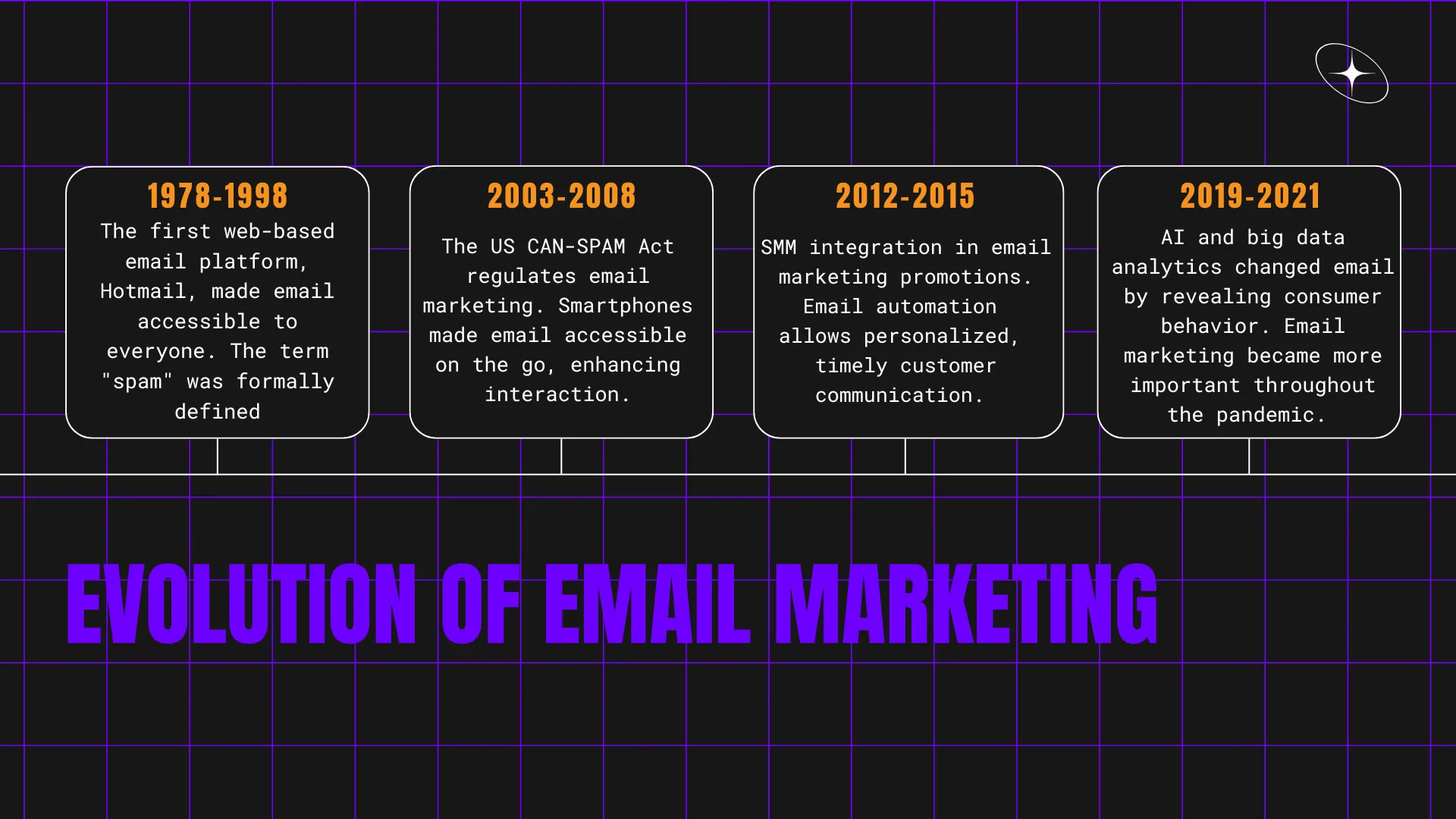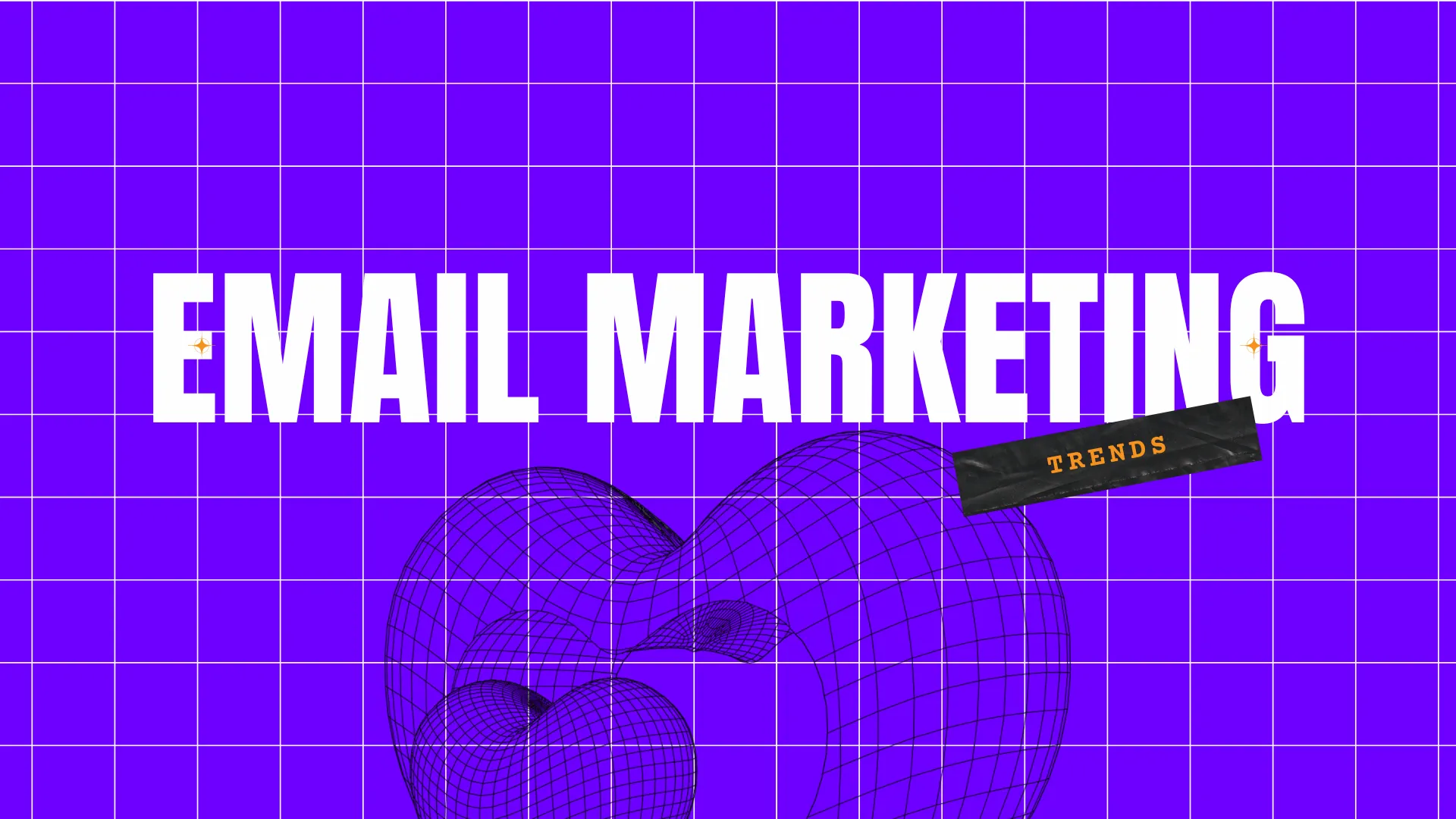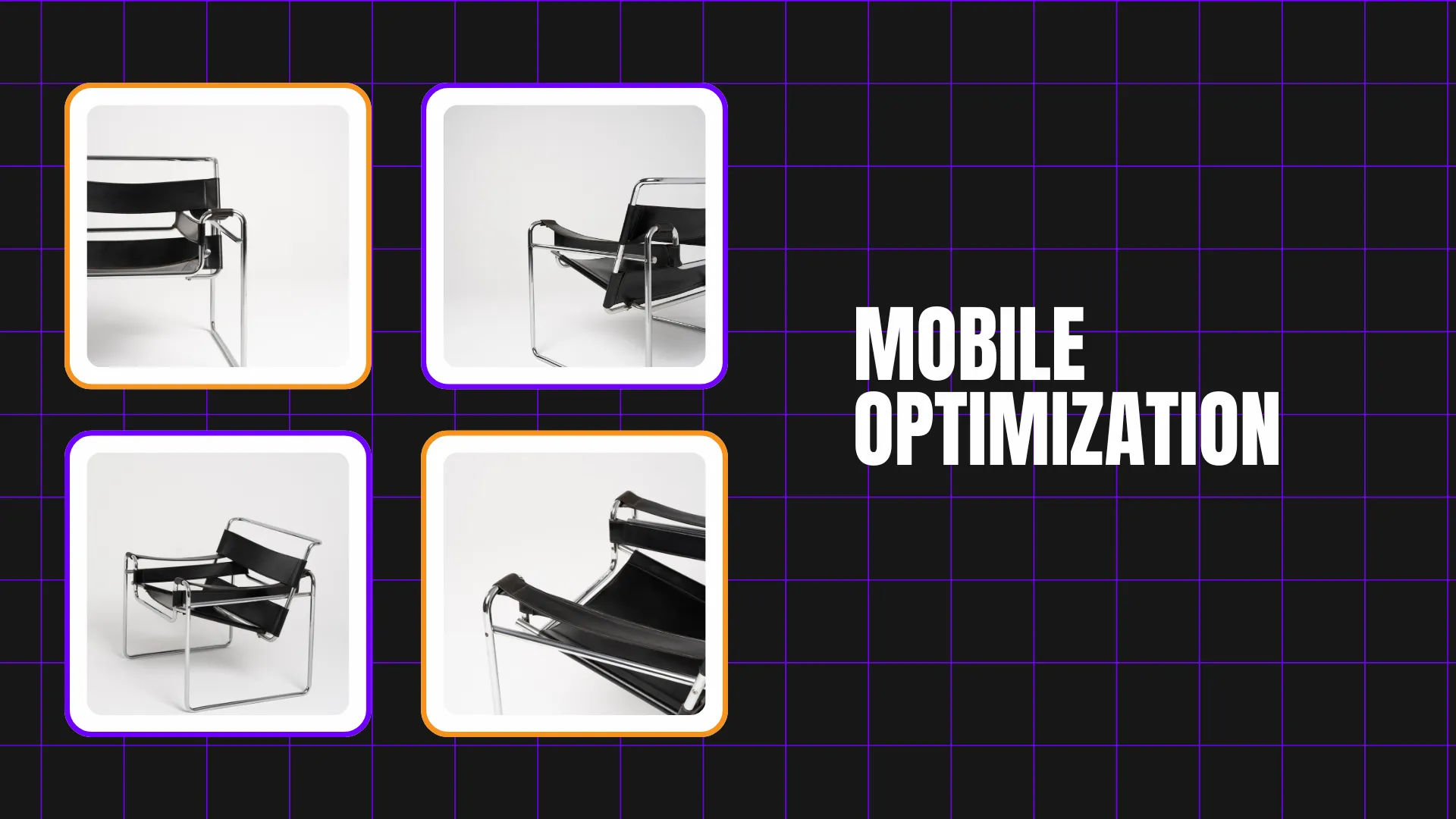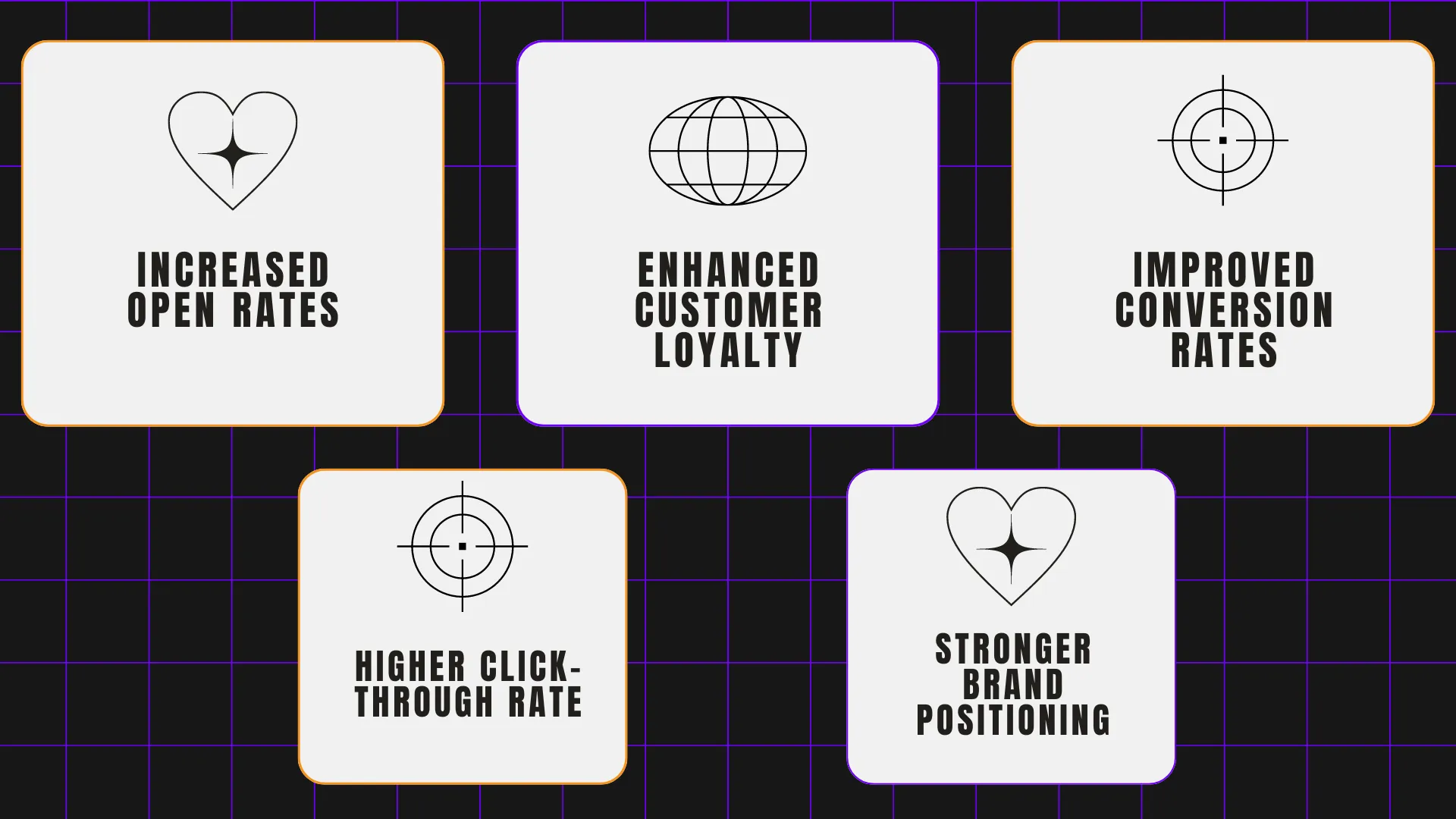How the Email Marketing Industry is Evolving: Trends and Statistics
Transforming Communication: The Evolution of Email Marketing
 Email marketing began in the late 1970s and early 1980s when the internet was young. Direct email communication became a cost-effective way for companies to reach large audiences. Early email efforts, mainly text-based and lacking complex design, set the stage for a major marketing channel.
Email marketing began in the late 1970s and early 1980s when the internet was young. Direct email communication became a cost-effective way for companies to reach large audiences. Early email efforts, mainly text-based and lacking complex design, set the stage for a major marketing channel.
As smartphone use increased in the 2010s, mobile friendly emails became essential. Responsive design technology made emails responsive to different screen sizes and devices, making them consistent and user-friendly. This transition to mobile optimization was essential as more consumers checked their emails on the go.
The Modern Landscape of Email Marketing
With artificial intelligence and predictive analytics, email marketing has become more sophisticated and successful. Interactive components, dynamic material, and real-time customization are becoming common. Marketers now emphasize openness and user consent in email advertisements due to data privacy concerns and GDPR and CCPA compliance.
The email marketing industry remains a powerful tool:
- 59% of marketers say email is their biggest ROI (Emma).
- Customized subject lines increase open rates by 26% (Campaign Monitor).
- 73% of millennials prefer email business communications (Adestra).
How industry leaders use email marketing effectively:
- Segmentation and Targeting
-
Email marketers use precise email list segmentation. This focused strategy ensures that each email is tailored to its recipients’ requirements and tastes, increasing open and click-through rates.
-
- Engaging Content
- Top companies invest considerably in creating engaging and valuable email content. Promotional items, instructive articles, valuable suggestions, special offers, and personalized messages are included. They keep subscribers engaged and loyal by focusing on quality material.
- Automation and Personalization
- Industry leaders need automation and CRM connectivity. Automated emails feel timely and relevant because of enhanced customization, track customer engagement and conversion rates.
- A/B Testing and Analytics
- In-depth analytics enable data-driven email performance changes and optimization.
- Focus on Data Privacy and Compliance
- In an age of data privacy, industry leaders follow GDPR and CCPA email marketing rules. This promotes audience trust and protects the company from legal issues.
Social media and SEO are useful, but email marketing is more personal. Emails land in inboxes, increasing interaction compared to social media algorithms that conceal postings.
Email marketing industry leaders include Mailchimp, Constant Contact, and Campaign Monitor. Businesses may maximize marketing with these systems’ automation, segmentation, and analytics solutions.
Trends Shaping Email Marketing Today
 Businesses must keep up with digital marketing developments, since what worked yesterday may not work today. Industrial marketing strategies also must incorporate the newest email marketing trends to stay competitive and evolve.
Businesses must keep up with digital marketing developments, since what worked yesterday may not work today. Industrial marketing strategies also must incorporate the newest email marketing trends to stay competitive and evolve.
Staying ahead in the latest email marketing trends requires knowing current trends, which are altering digital communication.
Current trends in email marketing for the industrial sector:
- Interactive Emails
-
Email marketing campaigns may engage recipients without leaving their inbox by adding carousels, quizzes, and clickable graphics to emails.
-
- AI and Machine Learning
- These tools analyze massive amounts of data to forecast user preferences and actions, enabling personalized email content. For instance, modeling can predict the optimal moment to send a blog post or the content that would drive a purchase, increasing engagement and conversion rates.
- Mobile Optimization
- As more people check their emails on their phones, mobile optimization is crucial. Emails must be responsive and work well on tiny displays to keep readers interested.
- Dark Mode Compatibility
- As more OS systems and apps support dark mode, emails should be visually appealing and legible in both light and dark settings.
- Accessibility
- Email accessibility, including for disabled users, is a legislative obligation and improves advertising reach and efficacy. To make a marketing campaign inclusive and user-friendly, utilize semantic HTML, relevant links, and informative image alt text.
These email marketing industry trends allow marketers to develop more interactive, targeted, and accessible email campaigns that meet their audience’s changing preferences, assuring continued engagement and success in the competitive digital marketing landscape.
The Importance of Mobile Optimization
 Industrial enterprises must improve their email messages for mobile viewing as more people use them. A crisp subject line, optimized graphics for smaller screens, and a seamless user experience are all part of this optimization. In addition to improving user experience, responsive design increases engagement and conversion rates. Mobile-optimized emails are 15% more read (Campaign Monitor).
Industrial enterprises must improve their email messages for mobile viewing as more people use them. A crisp subject line, optimized graphics for smaller screens, and a seamless user experience are all part of this optimization. In addition to improving user experience, responsive design increases engagement and conversion rates. Mobile-optimized emails are 15% more read (Campaign Monitor).
Additionally, with the rise of remote work and on-the-go lifestyles, many industrial sector customers rely on their smartphones or tablets as their primary devices for daily tasks. Ensuring that email content is accessible and visually appealing on these devices can greatly increase engagement rates and improve overall campaign performance.
Precision Marketing: Leveraging Personalization and Segmentation
Personalization entails using data insights to create relevant and timely content, which increases open rates and conversions. Similar to segmentation, email lists can be divided by purchase history, location, or industry. This personalized strategy makes communications more relevant and resonates with varied audiences.
Industrial organizations realize the necessity of keeping up with marketing emails innovations to reach their target clients. Email marketing trends that impact industrial companies include:
- Interactive emails with attached videos or clickable material are becoming more common, helping organizations to better explain complex information and demonstrations.
- Open data management is essential to comply with data protection laws.
- Litmus found that 46% of 2021 email opens were mobile. Optimization is also important given industrial sector clients’ varying work settings.
Adopting these email marketing industry trends helps organizations optimize their marketing strategies and stay ahead of the ever-changing digital landscape.
 The Power of Interactive and Dynamic Email Content
The Power of Interactive and Dynamic Email Content
Interactive and dynamic email elements engage and include recipients, making them more likely to act. Industrial companies use interactive tools like videos, polls, and quizzes to educate, inform, and persuade clients. These aspects attract attention and reveal client preferences and habits.
Key email marketing strategies for industrial businesses leverage live data to personalize messages based on client attributes, guaranteeing each receiver receives a customized email. This method makes messaging more relevant and increases response rates.
AI and Automation: Transforming Email Campaigns
Technology has changed email marketing campaign management. Chatbots and automated email sequencing have increased productivity, letting marketers focus on content and analysis. How AI can improve email marketing strategy:
- Personalized Content: AI can evaluate data from multiple sources to understand client preferences and behaviors and create personalized content. This tailoring ensures users receive communications that match their interests, improving engagement.
- Optimizing Send Times: AI can predict client behavior to send emails at the best moment, increasing open and click-through rates. Through past contacts, AI can estimate when a recipient will open an email.
- Subject Line and Content Optimization: AI tools can A/B test subject lines and email content to help marketers find the best ones. This analysis improves email performance continuously.
- List Segmentation: AI can automate email list segmentation by demographics, buying history, and engagement. Email campaigns benefit from this segmentation’s focused and relevant messaging.
-
Predictive Analytics: AI predicts customer behavior and preferences. This insight can influence content and campaign strategies to make emails proactive and meet client needs.
The Future of Email Marketing Industry: What to Expect
As technology advances, email marketing should become more successful and widespread. AI and machine learning will be used to personalize and improve campaigns to improve engagement and conversion rates. Future email marketing trends in the industrial sector may also use data analytics to predict consumer behavior for more strategic and effective communication.
Email campaigns may incorporate more interactive and immersive material like AR and VR. These elements will let marketers turn emails into interactive platforms with detailed product displays or virtual demos.
As privacy concerns develop, email marketing will need to comply with stronger data protection and consent laws. Marketers must be more upfront about data and comply with changing worldwide rules.
Finally, the worldwide shift toward sustainability may enhance eco-friendly email marketing. This includes adopting energy-efficient email services and writing brief, purpose-driven messages to reduce digital carbon emissions.
Email marketing’s future lies in personalized, interactive, and ethical techniques that reflect consumers’ changing beliefs. Marketers seeking a competitive edge must adapt and stay abreast of these changes.
The Big Picture: Understanding the Evolution of Email Marketing
Digital marketers still use email marketing for its unequaled personalization, engagement, and measurable outcomes. As technology, particularly AI, progresses, email marketing will become more targeted, relevant, and dynamic.
These evolving email marketing industry trends require marketers to be cautious of privacy restrictions and ethical data use. Innovation, while respecting customer choices and data protection, helps firms create email strategies that boost revenue and build audience trust and loyalty.
Maintaining a balance between ethical behavior and technological advancements ensures that email marketing remains a sustainable and valuable tool for years to come.
Stay informed with Webugol! Our newsletter delivers the latest insights, professional advice, and special materials right to your inbox. Keep up with trends, optimize your campaigns, and stay ahead of the curve with our expert strategies.


